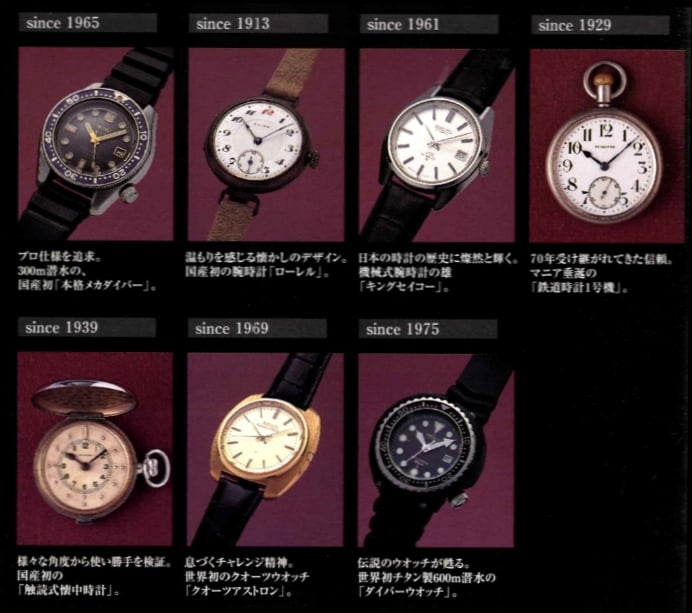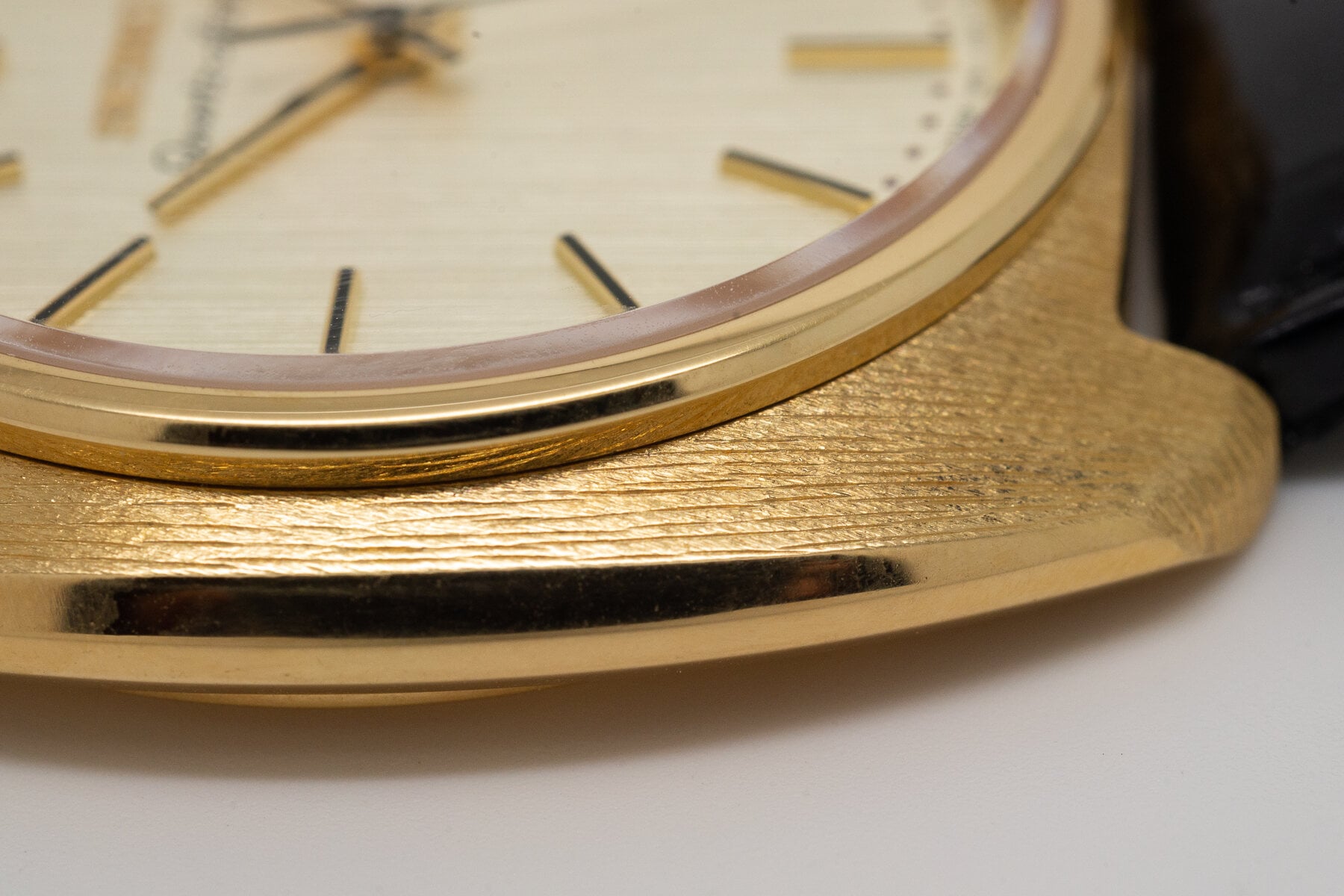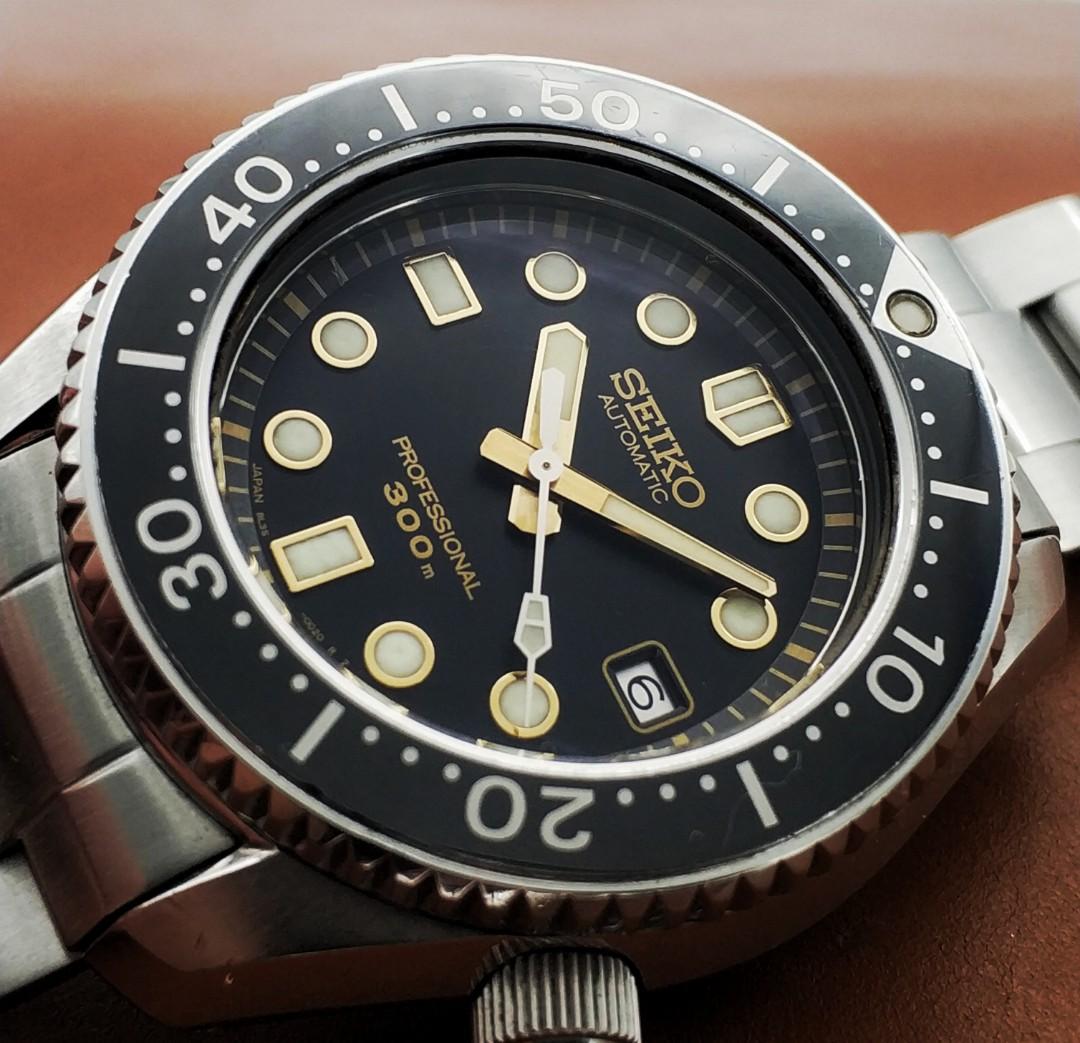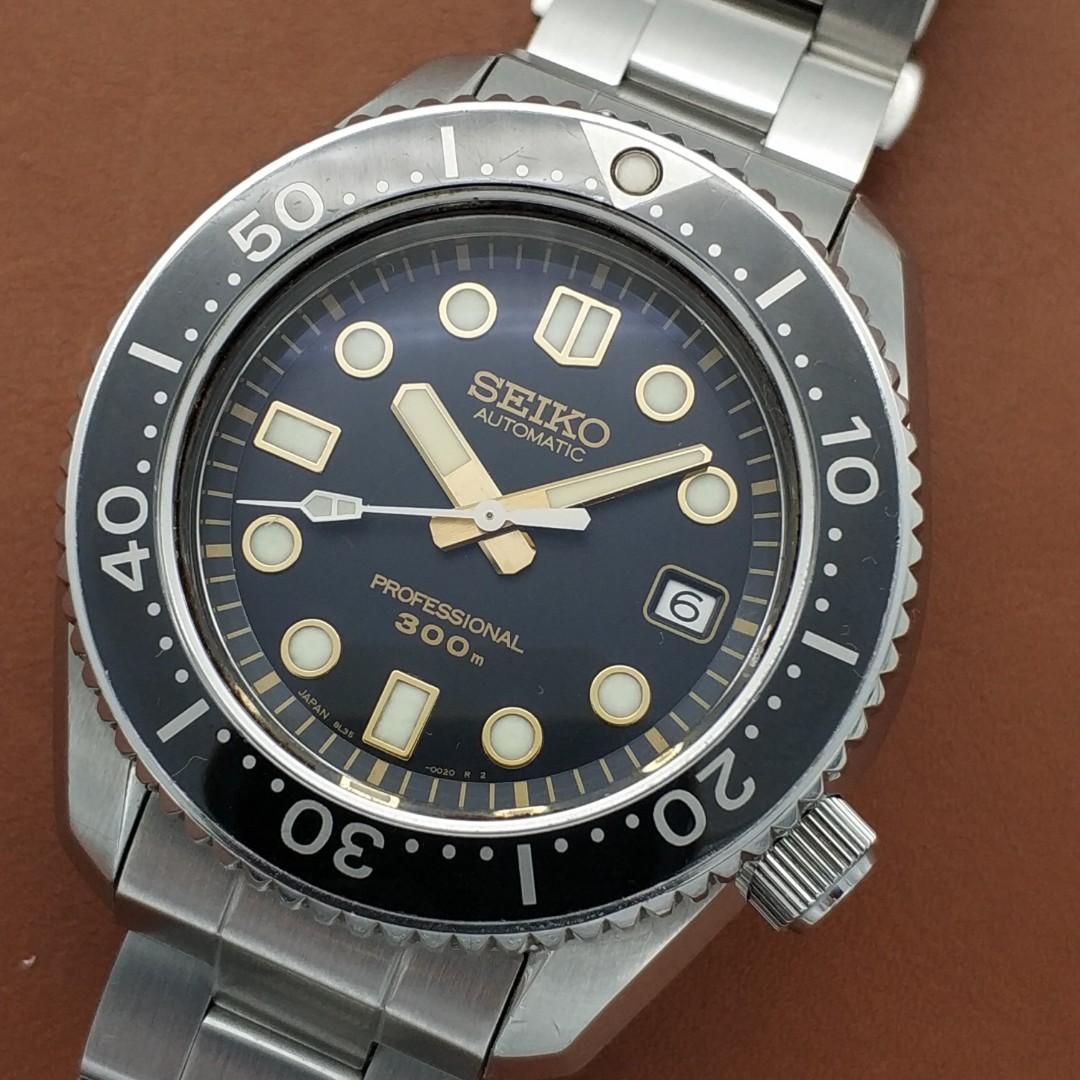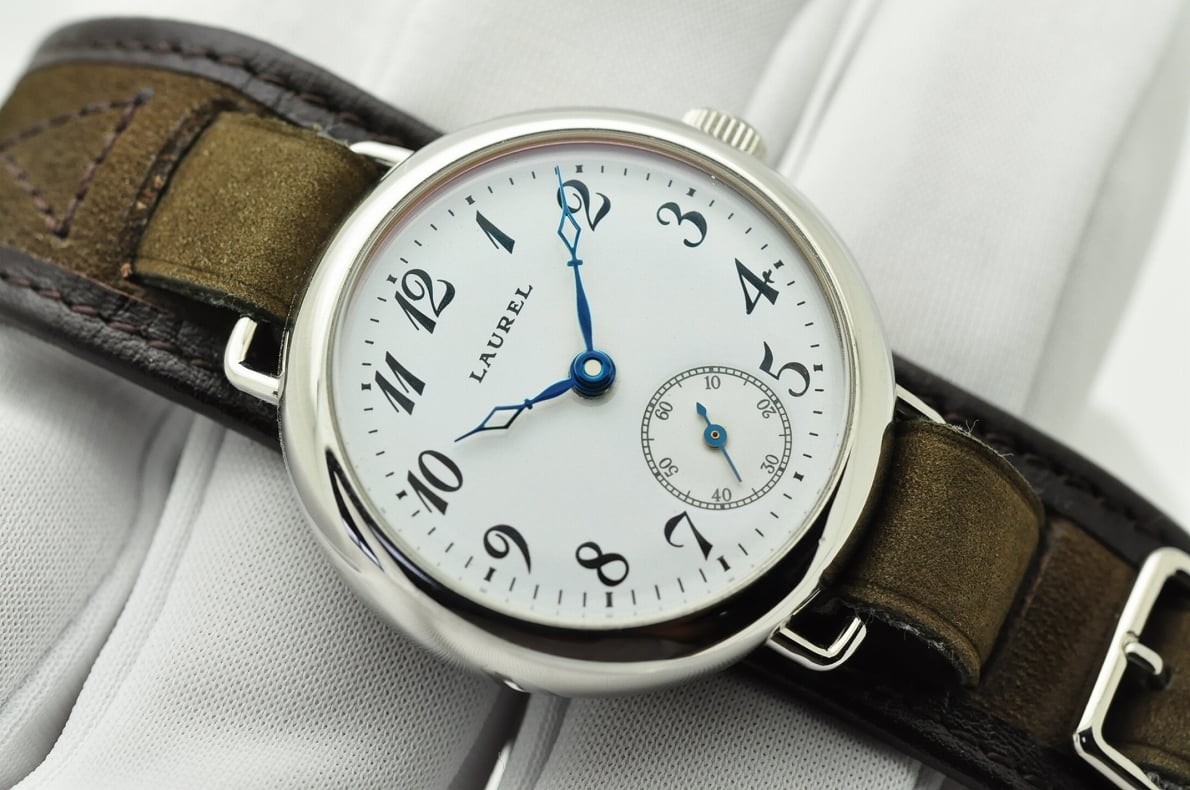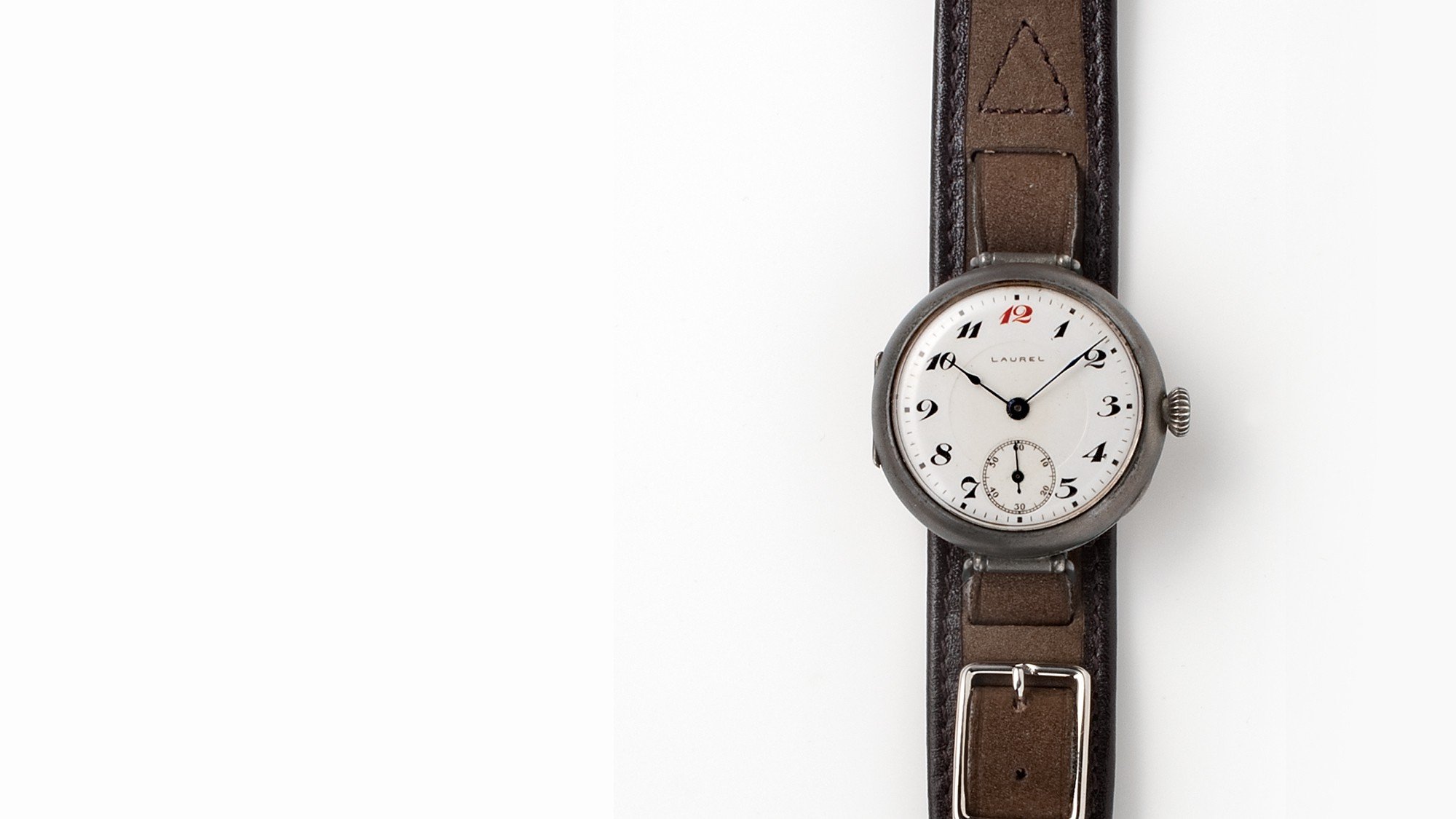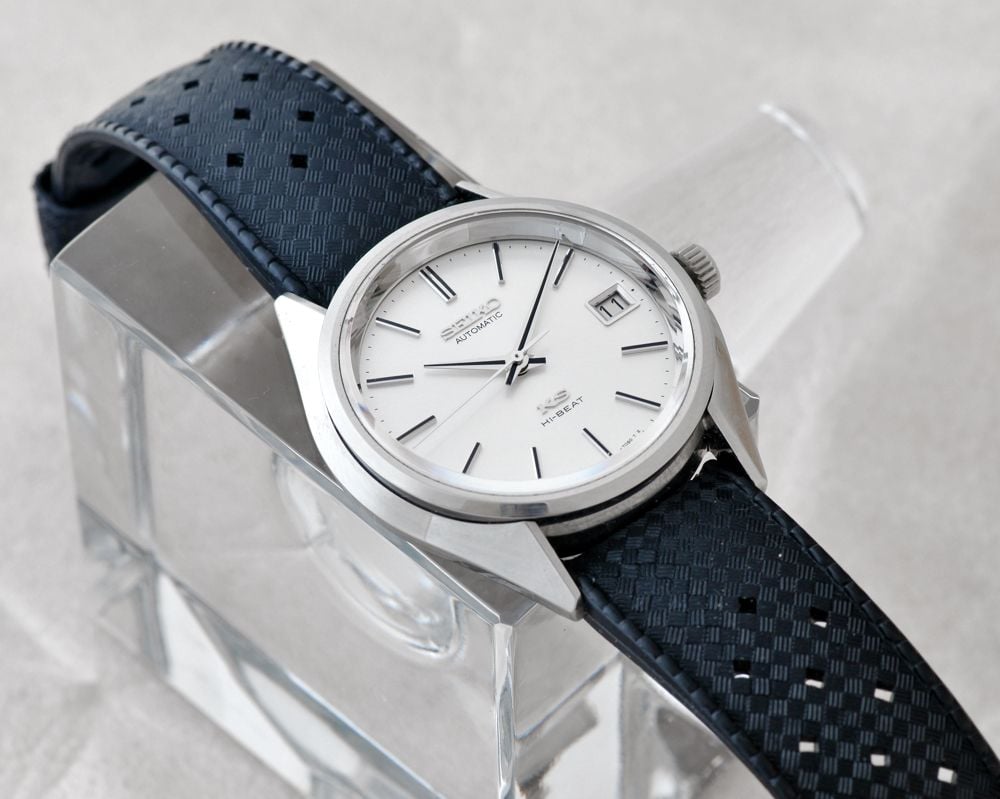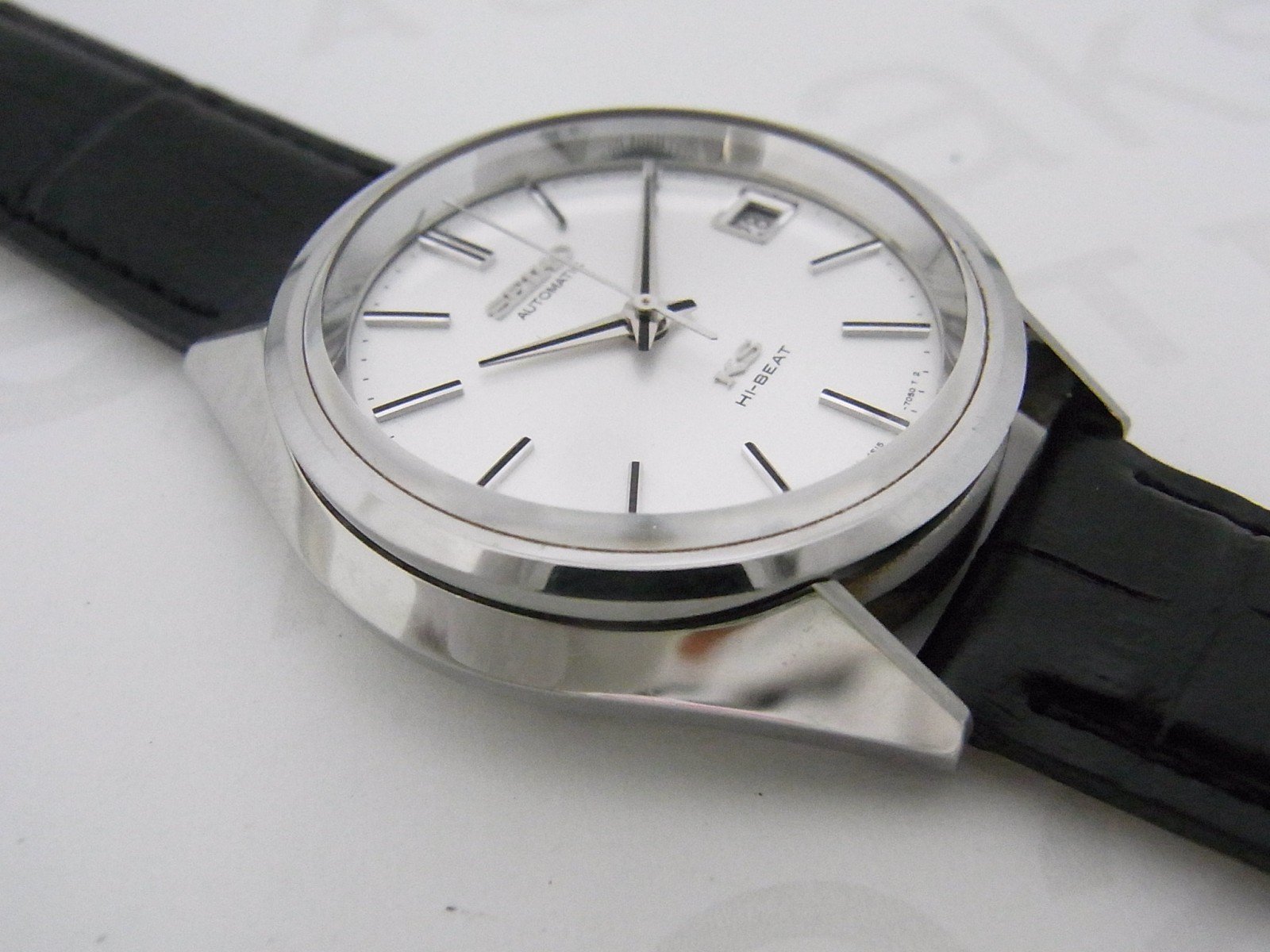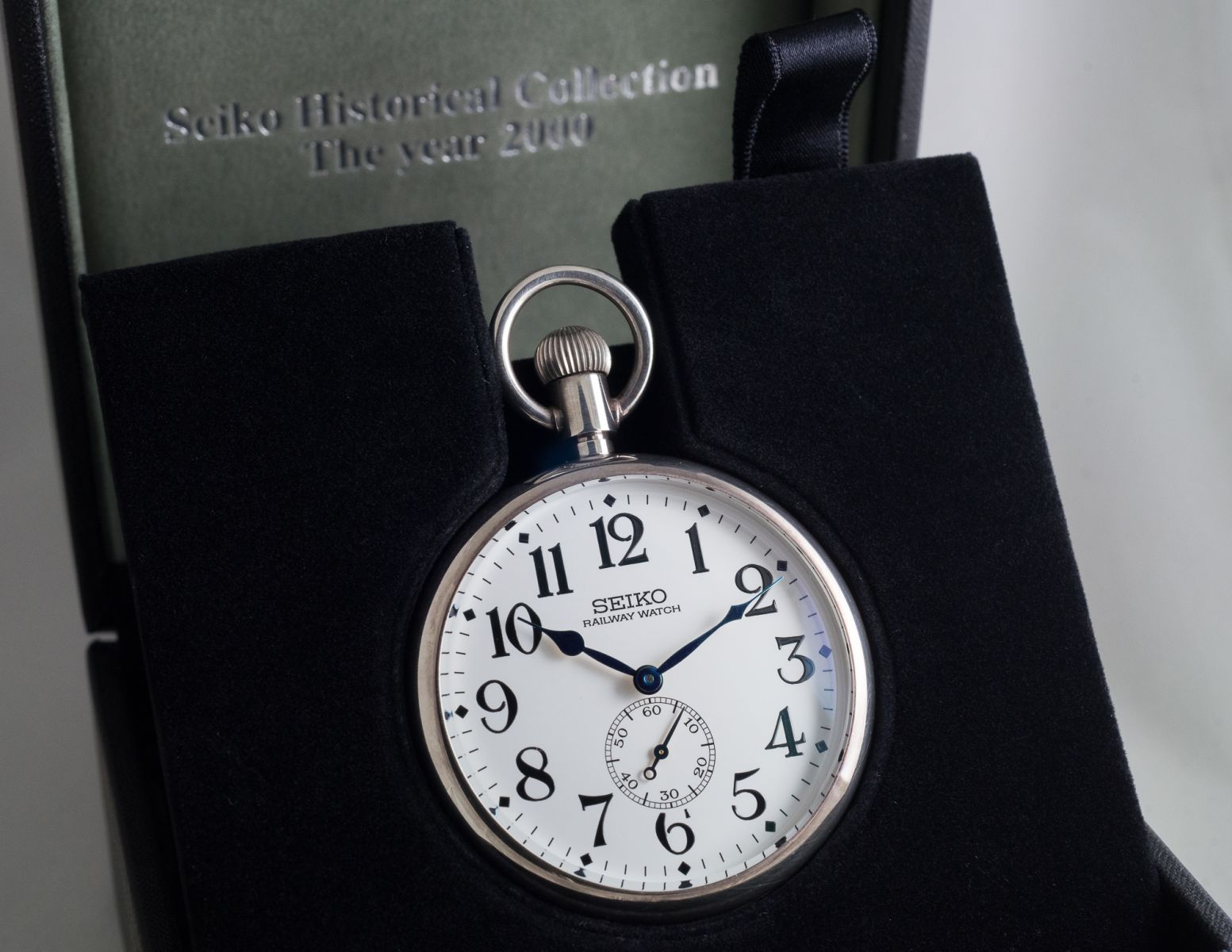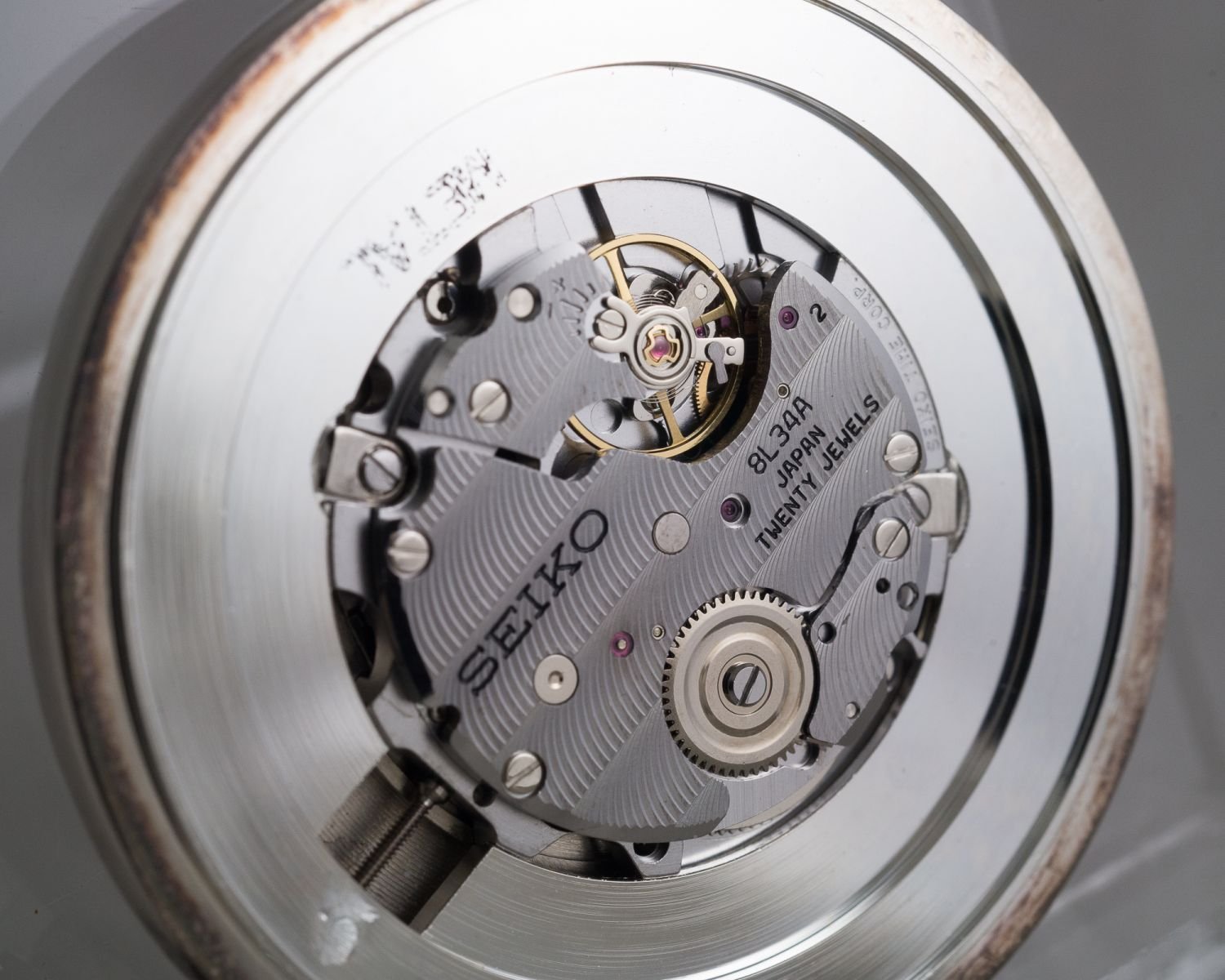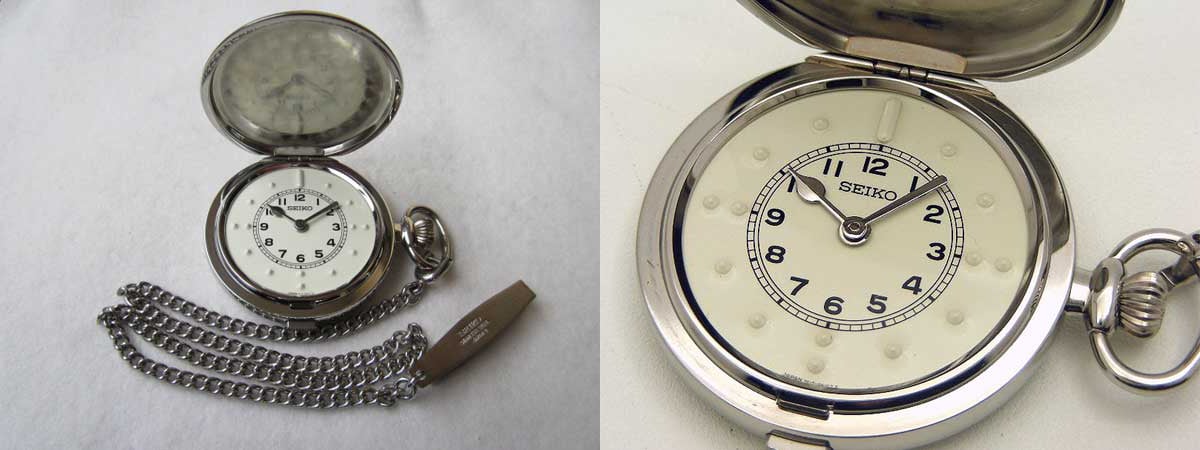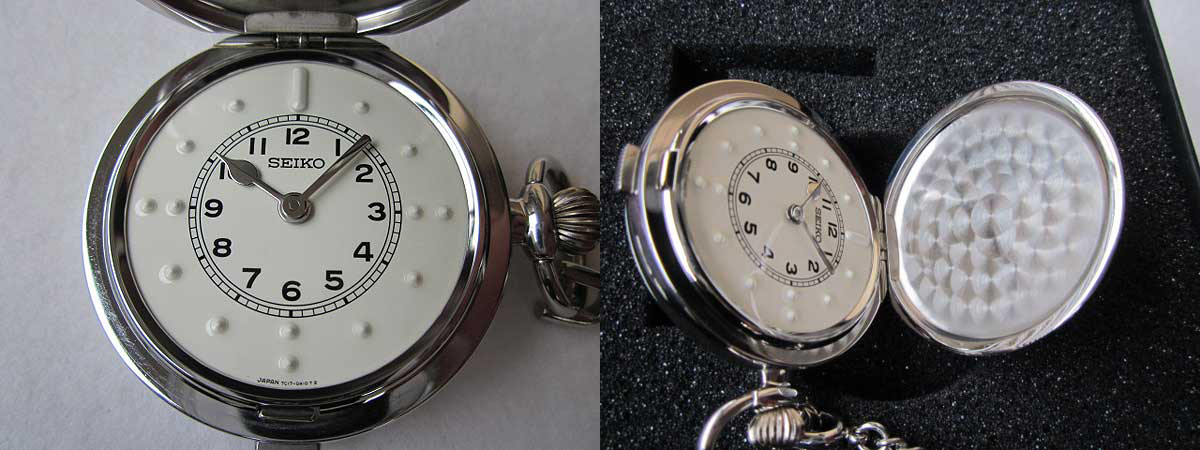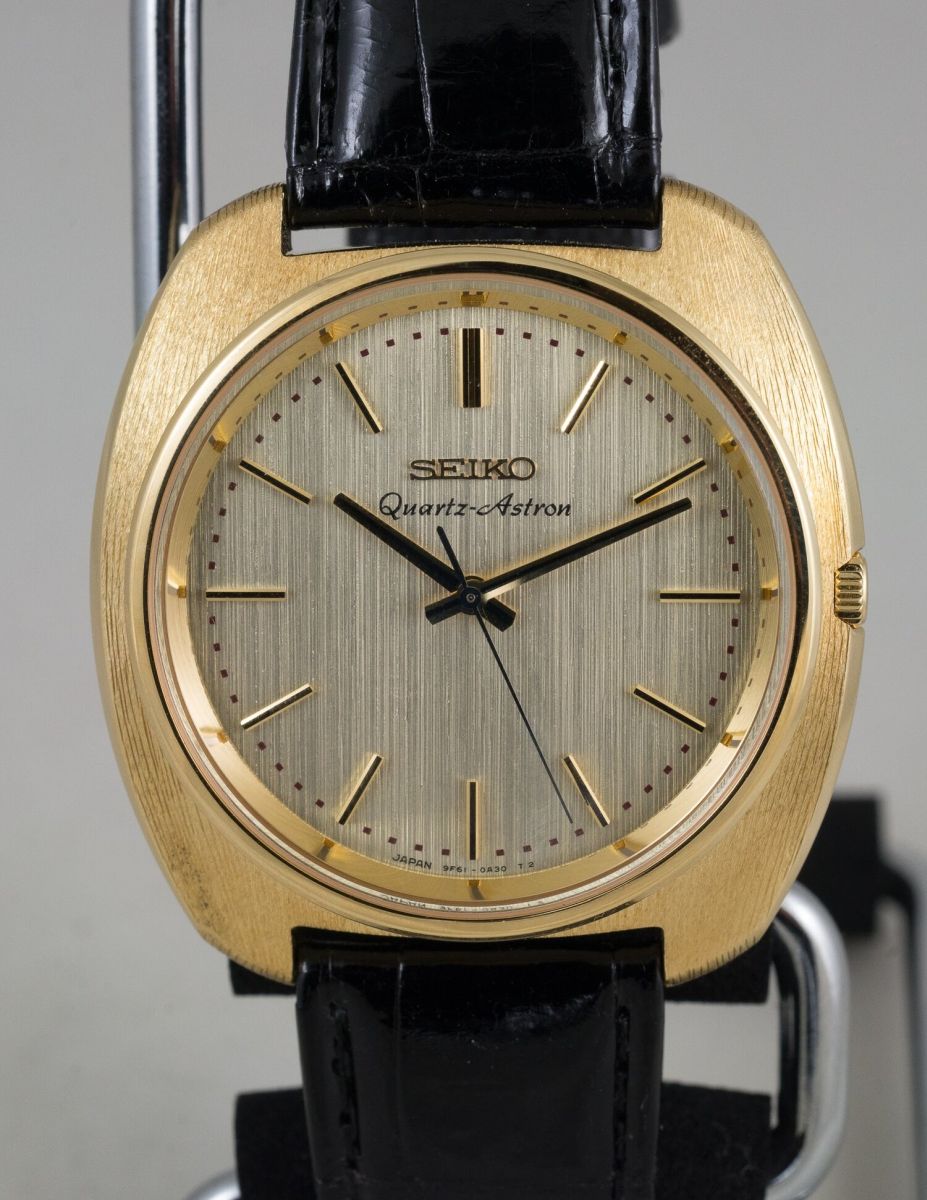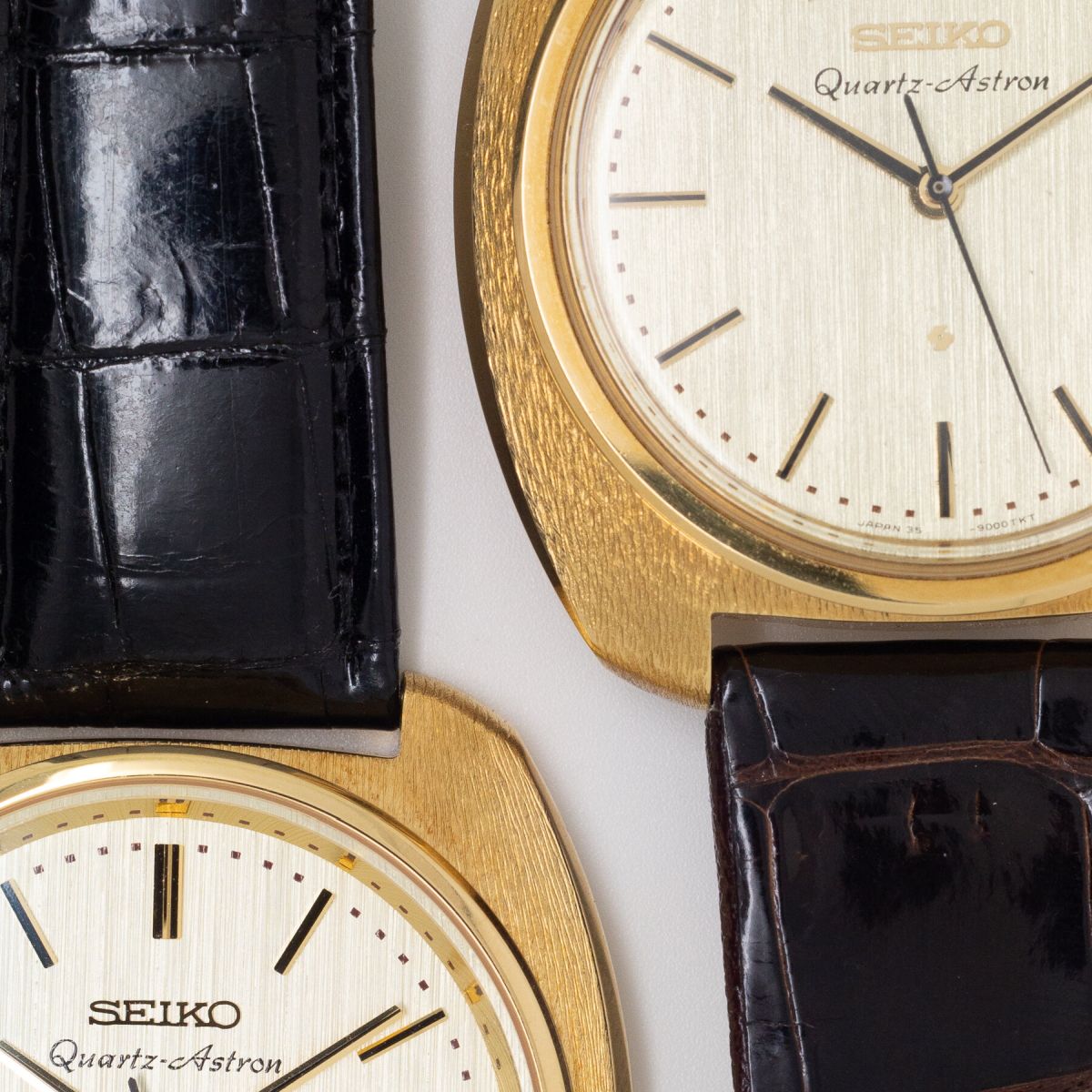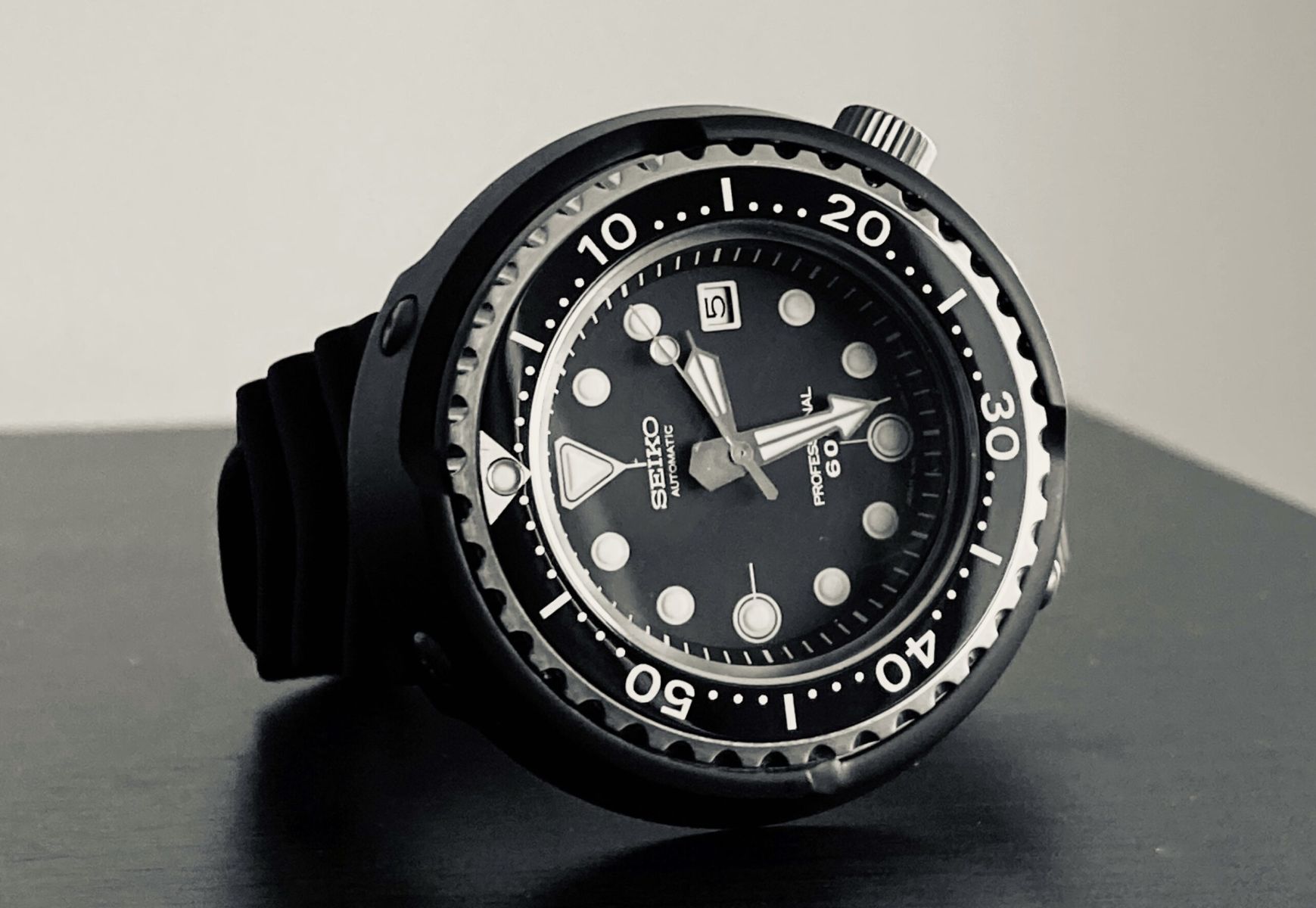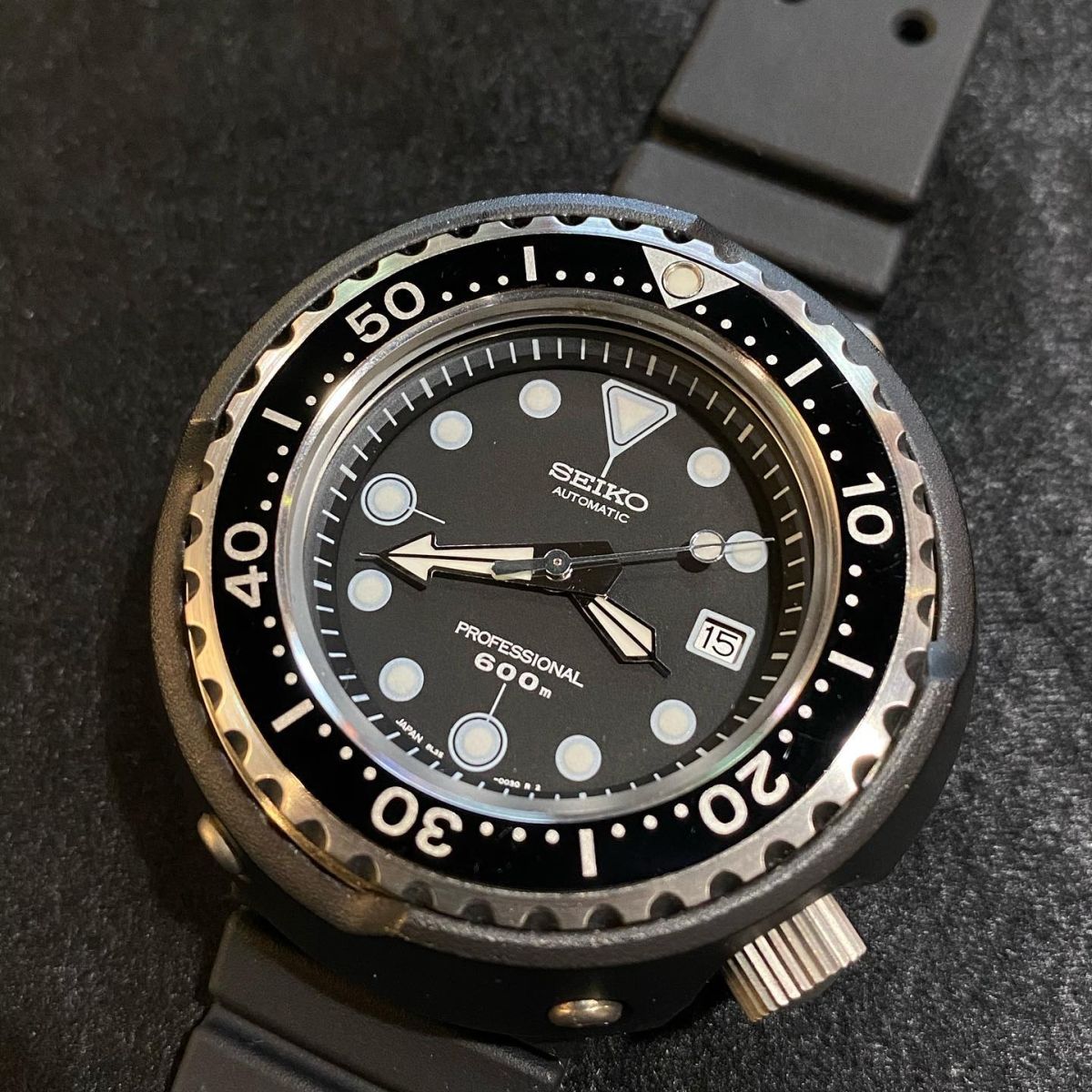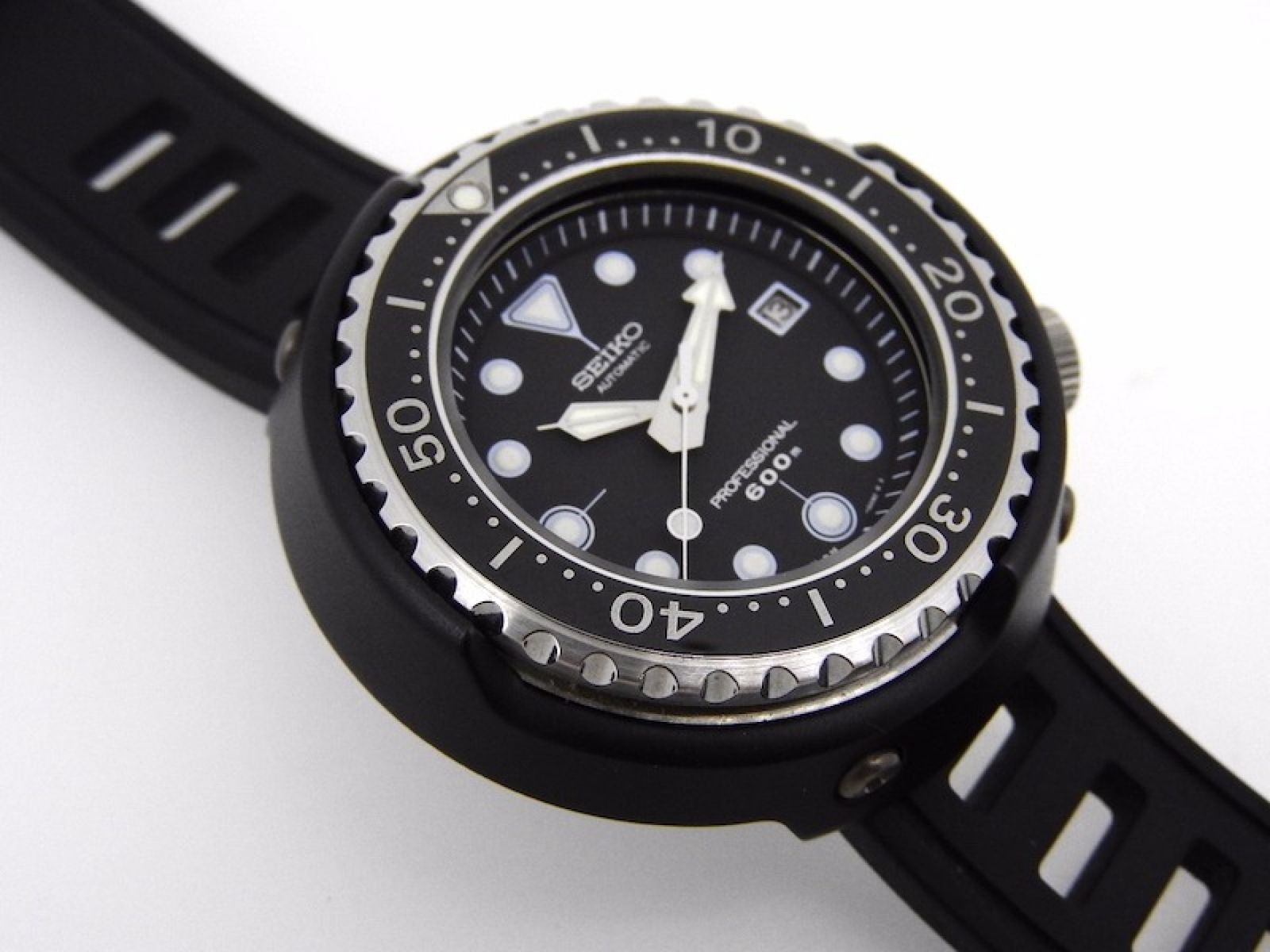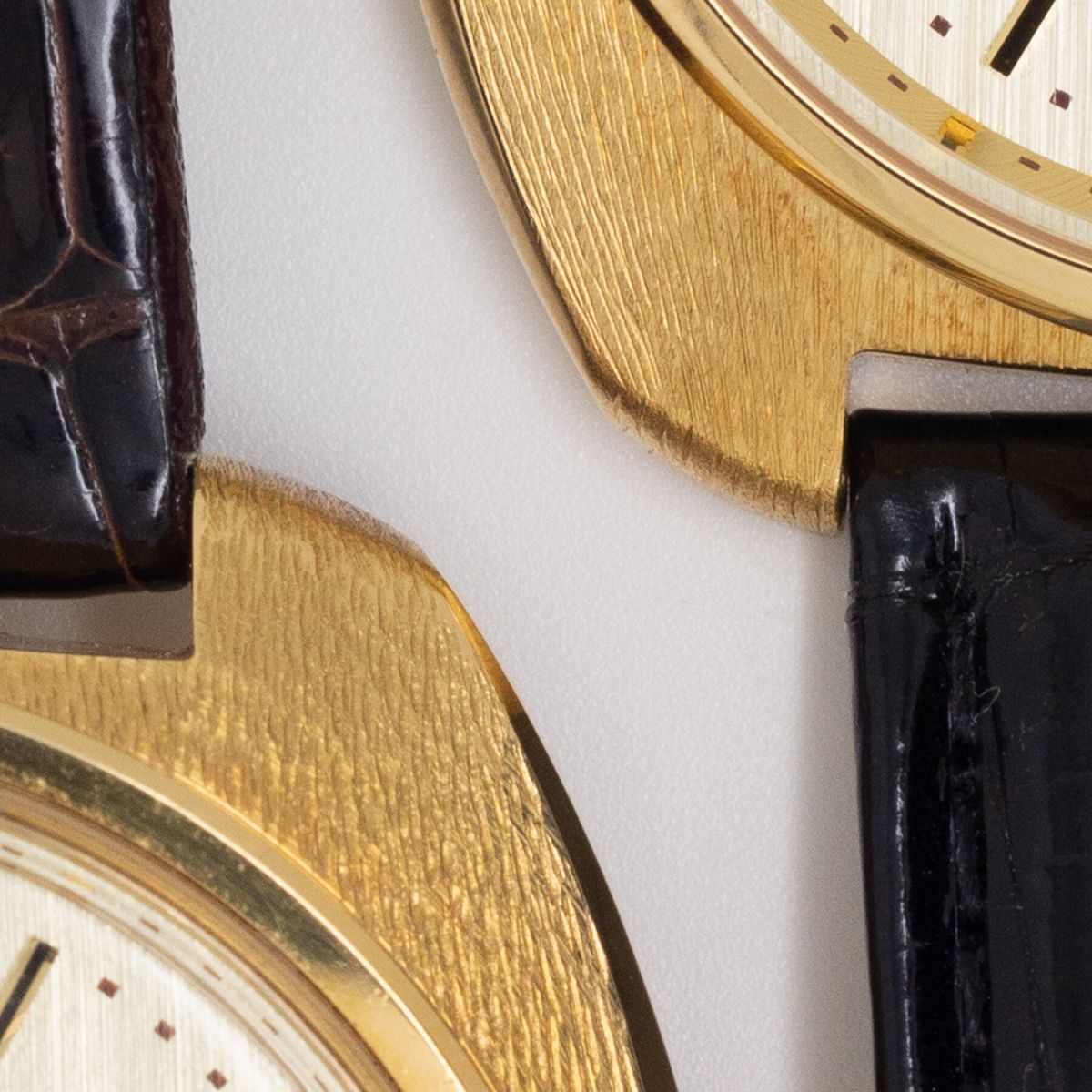A Look Back At The Legendary Seiko Historical Collection The Year 2000
When I was writing the article on the best Seiko watches from the 2000s for our weekly Buying Guide series, I came across a special Seiko collection. The Seiko Historical Collection was a special series of seven watches released to celebrate the new millennium. At first, I wanted to include them in the article, but I soon recognized that this would double the length. On top of that, the collection deserves a separate article. Not only does it show the incredible history of the Seiko brand, but it is also a perfect example of creating reissues the right way. I’ll explain why.
Watches inspired by the past have become the norm in the watch industry over the past twenty years. Especially the last decade has seen a rapid increase of vintage-inspired pieces. It’s a logical development as many of the brands have a great heritage and, therefore, many stories to tell. But we have also seen brands squandering their legacies by coming up with stories that are not historically correct or releasing watches that are not necessarily representative of their vintage counterparts.
The story of Seiko re-issues
One of the brands that often releases modern versions of their icons from the past is Seiko. With a story that goes back to Japan in the late 19th century, there are plenty of stories to tell. On top of that, the brand has released so many great watches that have pushed the boundaries of technological development of the industry. So the ideal situation is to come up with great reissues of some of the industry’s classics. But in all honesty, Seiko has been riding the vintage-inspired reissue train quite fanatically over roughly the last five years. It has been hard to stay abreast of all the different reissues, and Seiko has also created some design interpretations of its classics that sometimes make it even harder to keep up.
But stepping back in time shows how great Seiko’s reissues can be. In 2000, the brand released the Seiko Historical Collection with the subtitle “The Year 2000”. It consists of seven reissues of important Seiko watches that tell the incredible Seiko story through the years. The watches were not released all at once but released in the last seven months of the year. Every month saw a new release that was produced in limited numbers. Back in 2000, you were able to buy all seven watches for JPY 1,735,000. In today’s money, that would be a little under €13,500. The funny thing is that half of that entire amount was the price of just one of the seven pieces. So let’s take a look at the seven pieces that made up this great collection of Seiko icons.
June 2000 — Seiko Marinemaster SBDX003
The first is the Seiko Marinemaster SBDX003, released in June 2000 in a limited run of 500 pieces. It is technically the same watch as the Marinemaster SBDX001 that I discussed in the article about the best Seiko watches from the 2000s. The SBDX001 was the first-generation Marinemaster 300. It was a Japan Domestic Market (JDM) release that was the top of Seiko’s diver collection. The SBDX001 was on another level compared to the other divers in the collection. The watch features a beautifully sculpted 44mm stainless steel monobloc case that is beautifully finished up to Grand Seiko levels. Seiko equipped the watch with the automatic caliber 8L35. The movement is based on the Grand Seiko caliber 9S55. It still is an impressive watch two decades later.
For the SBDX003, Seiko decided to change the hands, indices, and text on the dial to gold. The aesthetic is a reference to the original Hi-Beat 6159-7001. The SBDX001 was the regular production model, which descended from the icon from the 1960s. The SBDX003 took it one step further, and it was the modern re-edition of that classic. This beautiful version of the Marinemaster came on a rubber strap only and it is much sought-after by collectors, but they are quite hard to find, as you will understand. The original price in 2000 was JPY 200,000, which translates roughly to €1,500. Nowadays, expect to pay between €3,500 and €5,000 for one of the 500 pieces that were released.
July 2000 — Seiko Laurel SCVM001
The second is the Seiko Laurel SCVM001, inspired by the original Laurel from 1913. The watch debuted in July 2000 in a limited edition of 1,000 pieces. The original Laurel was the first Japanese wristwatch and featured a 29.6mm silver case with a porcelain enamel dial and a 12-ligne movement. The Seikosha workshop originally had problems starting up the production of wristwatches because it needed to import the different components. But as wristwatches became increasingly popular, Seikosha decided to start producing its own balance springs and enamel dials. In 1913, these developments resulted in the Laurel.
The 2000 reissue is slightly bigger but still small at 32mm with fixed 13mm lugs. It features an enamel dial with both Arabic numerals and the Laurel name printed in black. The colors differ slightly from the original Laurel, as the 12 o’clock numeral on that model was red. On top of that, Seiko used blue hands for the central hour and minute hand and the small seconds hand at 6 o’clock. The script for the “Laurel” name is also different. Inside, you will find the manual-winding Seiko Caliber 4S28. It’s a lovely timepiece, and I love how it came on a thin Bund strap, giving it a military feel and making it still look relevant despite its size. The Seiko Laurel SCVM001 is a rare bird. The original price was set at JPY 100,000 or roughly €775 in 2000. Expect to see prices nowadays between roughly €750 and €1,250.
August 2000 — Seiko King Seiko SCVN001
The third is a reissue of the 52 King Seiko. It’s the Seiko SCVN001, released in August 2000 in a limited run of 2,000 pieces. The 52KS has often been celebrated as the best watch from the King Seiko vs. Grand Seiko era, in which both brands aimed to create the best watches in the world. Seiko based its 4S caliber from the mid-1990s on the caliber 52 that powered the 52KS produced from 1971 to 1975. The movement inside the reissue of the 52KS is a caliber 4S15 based on the vintage caliber 52. The watch itself is a perfect remake of the 1970s model, and it looked as crisp in 2000 as does it in 2022.
Recently, we have seen the re-introduction of the King Seiko name with the release of the King Seiko “KSK” SJE083 Limited Edition. The watch was released to celebrate the 140th year of the company. It is modeled after the second series of King Seiko KSK watches released in 1965. The series was the first that brought together Taro Tanaka’s Grammar Of Design and the technical developments of the Daini Seikosha factory. It was great to see Seiko respect its past with that release. But in all honesty, the King Seiko SCVN001 might be better because it is an homage to what many consider the ultimate King Seiko. At the introduction, the price was JPY 150,000 or roughly €1,150. Nowadays, expect to pay at least €2,500 for one.
September 2000 — Seiko Railway Watch SCVR001
The next watch was the Seiko Railway Watch SCVR001, released in September 2000 in a limited edition of 3,000 pieces. This old-school pocket watch featured a silver case, an enamel dial, and blued hands. It harkens back to the Seiko Type 19, a 16-size (43.18mm) pocket watch movement with seven jewels from 1929. That same year, the Japanese Ministry of Railways adopted it as an official timepiece. Inside the case, Seiko equipped the watch with a manual-winding Seiko caliber 8L34. This watch is the only watch ever equipped with this movement, and it’s the only manual-winding 8L-series movement ever created. It has an accuracy rating of +15/-10 seconds per day, and with Seiko, we know that it is usually a very safe margin.
The most remarkable detail besides the movement is that Seiko decided to release 3,000 pieces of this pocket watch. It makes it the biggest number out of all seven watches. It might seem strange that Seiko decided to make this the biggest release in terms of numbers. A reason could be that the Seiko railroad watches carry the greatest national sentiment and are therefore popular with collectors of both watches and railway transportation. On top of that, the Japanese railroad system is the perfect example of Japan’s tradition in punctuality. But I’m just speculating here. The original list price was JPY 250,000 or roughly €1,925. Nowadays, expect prices between roughly €750 and €1,500. That’s not a lot for what you get if you like pockets watches.
October 2000 — Seiko SQBR017
In October of 2,000, the Railway Watch was followed by another pocket watch, the Seiko SQBR017. It was based on a special pocket watch created at the request of the Imperial Household Ministry for visually impaired veterans in 1939. Soldiers who lost their eyesight during the war were honored as “blind warriors” and granted this pocket watch by the Empress. At least 20 of these watches were handed out to soldiers in seven ceremonies held in the five years after it was first handed out.
The modern re-creation of this special watch was produced in a limited run of 1,000 pieces. They all feature a special dial that makes it possible to tell the time by touching it with your fingers. Because the watch was meant to be used with your hands, it features no crystal, and the hands also needed to be sturdy to withstand daily use. Seiko offered these special pocket watches for JPY 35,000 or roughly €275. Nowadays, expect to pay between €250 and €400 for one.
November 2000 — Seiko Astron Quartz SCQZ002
November 2000 saw the release of the very special Seiko SCQZ002, a remake of the original Seiko Astron. The Astron was the first commercially available quartz wristwatch released in 1969. The remake was produced in a small number of 500 pieces that, just like the original, came with an 18K yellow gold case. It was the most expensive watch of the Seiko Historical Collection at JPY 700,000. That translates nowadays to roughly €5,400.
The watch was powered by the extremely accurate caliber 9F61 that was accurate up to ±5 seconds a year. The movement includes a temperature sensor and aged quartz crystal. The 9F61’s rotor and gear train are sealed off in a separate compartment. According to Seiko, this allows for a service interval of 50 years. It is equipped with a “twin pulse” system to give the movement greater torque. This allows for longer and larger hands to be used. Additionally, each hand has its own solenoid. As a result, it makes the caliber 9F61 a spectacular quartz movement. But even if you are not a fan of quartz, just seeing that dial and the gold case is stunning. As you would expect, these don’t show up for sale often. If they do, expect to see prices between roughly €3000 and €4,500 for this gold icon!
December 2000 — Seiko “Grandfather Tuna” Seiko SBDX005
The last watch of the collection was released in December of 2000, and it was a tribute to the Seiko Grandfather Tuna 6159-7010 from 1975. The Seiko SBDX005 was produced in a limited run of 1,000 pieces. Technically, it was the same as the regular production model, the SBDX011, also known as the Emperor Tuna. The watch measured 51mm in diameter and 17.4mm in height, presented in the familiar Tuna style. Its size makes it a big watch, but the Tuna tends to wear smaller because of its lugless design. Nevertheless, this was a big boy.
But the watch was not exactly the same as the regular production model as it was a tribute to the “Grandfather Tuna”, as mentioned. As a result, there is a difference in water resistance. The limited-edition version was water-resistant to 600 meters, and the SBDX011 to a more modern 1,000 meters. In short, this was another great release that combined Seiko’s modern technique in movements and production materials with the design of the past. Meanwhile, if you want to know more about the Seiko Tuna models, I suggest that you read Gerard’s brilliant historical overview article of the Seiko Tuna. The “Historical Tuna”, as it’s also known, was sold in 2000 for JPY 300,000. That translates to roughly €2,300 nowadays. However, if you want to buy one now, expect to see prices between roughly €2,750 and €4,000.
Final Thoughts
Overall, this remarkable collection gives a good insight into the rich history of the Seiko brand. On top of that, it perfectly shows that you can release commemorative models that integrate modern techniques and materials without changing the original design drastically. That’s what makes this such a great collection. Sure, the Seiko 6139 could have or maybe should have been part of this. Or maybe a Grand Seiko 44GS. It’s hard to make a perfect homage to the past. Nevertheless, Seiko did a great job with this collection.
As you will understand, these watches are rare birds, and they show up for sale only occasionally. As collectors have understood the significance of this collection, we have seen prices go up for most of the pieces. More than two decades after its initial release, the Seiko Historical Collection The Year 2000 is still the perfect example of tributes done right.
This article would not be possible without the great in-depth article on the Seiko Historical Collection The Year 2000 written by Musings Of A Watch Addict back in 2014. In the comment section below, let us know what your favorite of the seven watches is. And let us know what watches should make up for a perfect Seiko Tribute collection more than two decades later.
Find and follow me at Jorg Weppelink • Instagram.

